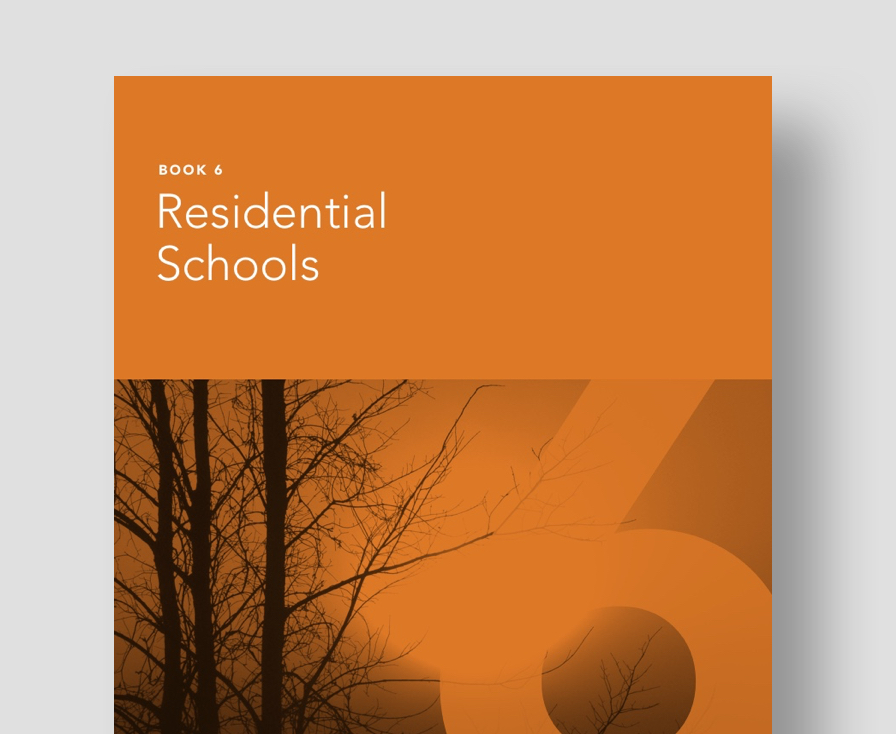Overview
Residential schools were boarding schools for Indigenous (First Nations, Inuit and Métis) children and youth, financed by the federal government but staffed and run by several Christian religious institutions. Children were separated from their families and communities, sometimes by force, and lived in and attended classes at the schools for most of the year. Often, the residential schools were located far from the students’ home communities. The schools were in existence for well over 100 years, and successive generations of children and families from the same communities endured this experience.
Understandably, the impacts were severe. This history was hidden for many years, until Survivors of the system were able to find the strength and courage to tell their stories. This lead to one of the largest class action lawsuits in Canada’s history. Though it will take time and commitment to heal the relationship between Indigenous Peoples and Canada, the reconciliation process has begun.
Resources
Residential Schools – User Guide
Welcome to Plain Talk 6 - Residential Schools
Book: Residential Schools
A glance at the history of Residential Schools in Canada.
Truth and Reconciliation Commission of Canada (TRC)
Statements, documents and research gathered by the TRC throughout its mandate.
Wawahte: Stories of Residential School Survivors
The story of residential schools from the perspective of three of its survivors.
Canada Apologizes
Apologies to former residents of Indian residential schools.
United Nations Declaration on the Rights of Indigenous Peoples
The individual and collective rights of indigenous peoples, as well as their rights to culture, identity, language, employment, health, education and other issues.
Recommended Resources
Looking to learn more about residential schools?
